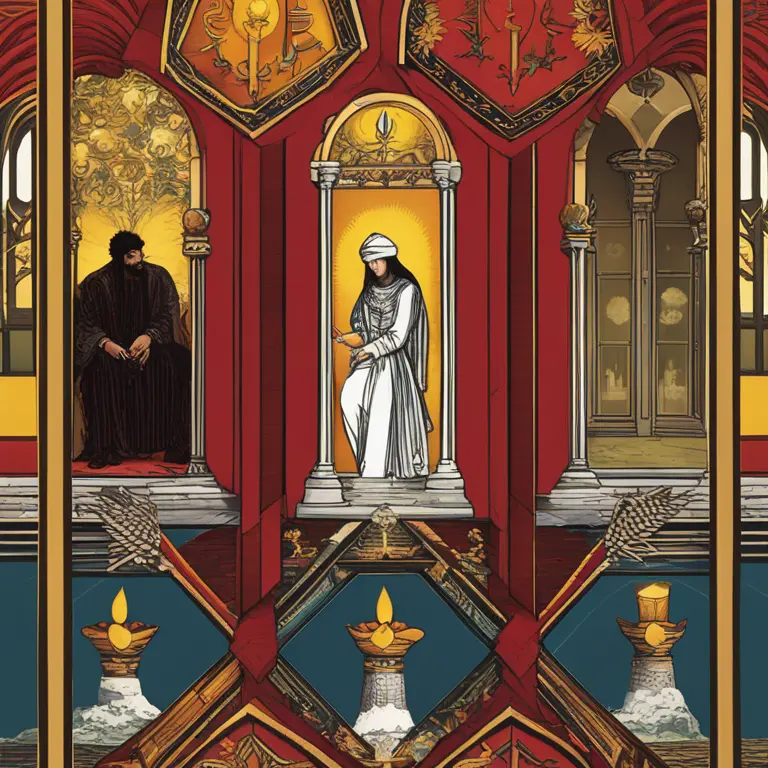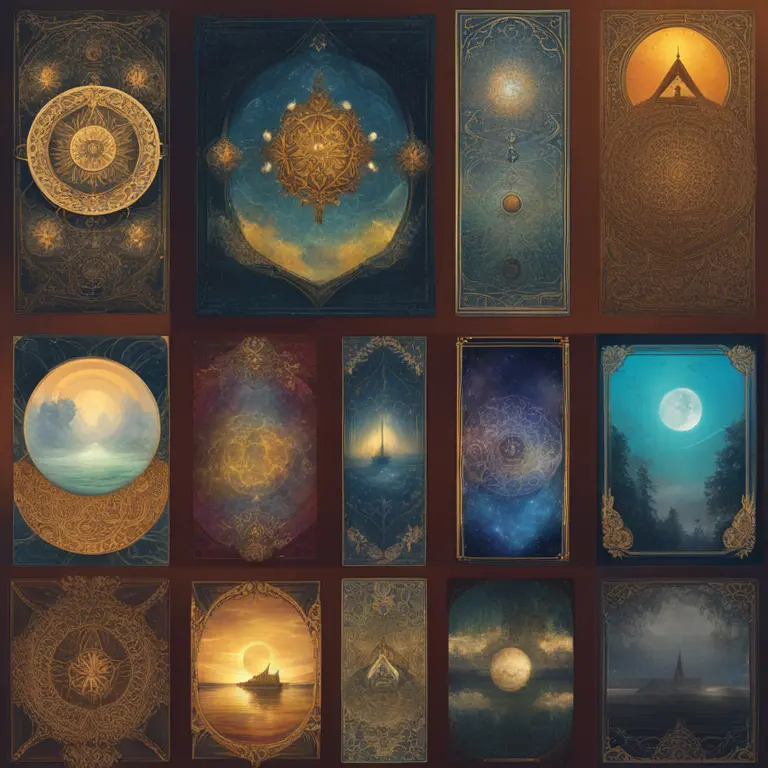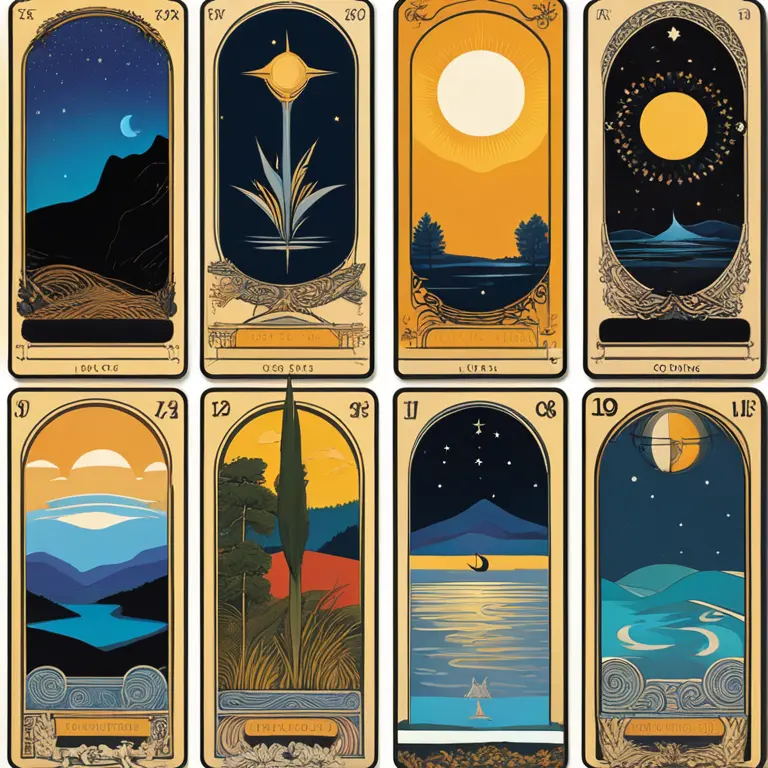
The Mysterious Beginnings
The history of Tarot is shrouded in a tapestry of myths and speculation. The earliest known tarot decks appear in Europe in the 15th century, but their true inception might trace back even centuries before. Legends hint at origins ranging from ancient Egypt to the mystical Kabbalah, but concrete evidence points to the Italian courts, where tarot began its journey as a parlor game known as "tarocchi" played by the upper classes. The richly decorated cards were primarily intended for play, which casts a fascinating light on their later use in divinatory practices.

Transition to Mystical Tool
It wasn't until the 18th century that Tarot cards took on a more mystical role. Figures like Antoine Court de Gébelin asserted that tarot had ancient origins and contained hidden wisdom. Such ideas sparked curiosity and gave birth to the belief that these cards could be used for divination. As the Age of Enlightenment ushered in a surge of interest in the occult, tarot readings gained popularity as a means for people to explore their subconscious, seek guidance, or attempt to predict the future.

Symbolism and Archetypes
With 78 cards in a traditional tarot deck, including the 22 major arcana and 56 minor arcana, the imagery and symbolism within Tarot are rich and varied. The major arcana feature archetypal figures and scenarios, which can be seen as steps along a journey – commonly referred to as The Fool's Journey. Each card taps into universal human experiences, representing life's various spiritual lessons and challenges. The minor arcana further explore these themes with representations of daily life across four suits akin to modern playing cards.

Modern Tarot Variations
Today, numerous tarot decks exist, reflecting a broad spectrum of philosophies, artistic styles, and cultural influences. From the classic Rider-Waite Tarot, which has been influential due to its vivid and symbolic artwork, to modern interpretations that incorporate everything from pop culture to diverse spiritual traditions, the modern tarot landscape is rich with variety. This inclusivity has allowed tarot to remain relevant and increasingly popular with individuals seeking personal insight and spiritual enrichment.

The Digital Evolution
The digital age has brought about another evolution of the tarot, with apps and online readings becoming commonplace, thus transcending the barriers of geography and access. Modern seekers of wisdom can now consult the tarot from virtually anywhere, making it an enduring tool for personal growth and a testament to the adaptability of this ancient practice.
The Global Cultural Tapestry
While initially limited to European societal circles, the influence of tarot has woven its way into a global cultural tapestry. Its adaptability over time is a testament to its enduring relevance, as it continuously evolves to fit the shifting paradigms of society. Whether through traditional reading or contemporary iterations, the essence of tarot continues to inspire a sense of connection across continents and cultures.
Published: 2/8/2024
Modified: 2/8/2024
More predictions
Come back here soon to learn more about yourself and your future


Zodiac Heart Compass: Find Your Emotional Direction
Delve into the secrets of the zodiac to discover how astrological signs guide the emotions and relationships of their bearers.


The Zodiac Constellations: Celestial Insights and Personal Projections
Delve into the world of zodiac constellations and how they provide profound insights into personality traits, life events, and astrological forecasts for 2024 and beyond.


Zodiac Affections: How Each Sign Craves Touch
Discover how each zodiac sign experiences and expresses their need for touch. Learn about the tactile preferences unique to all twelve astrological personalities.